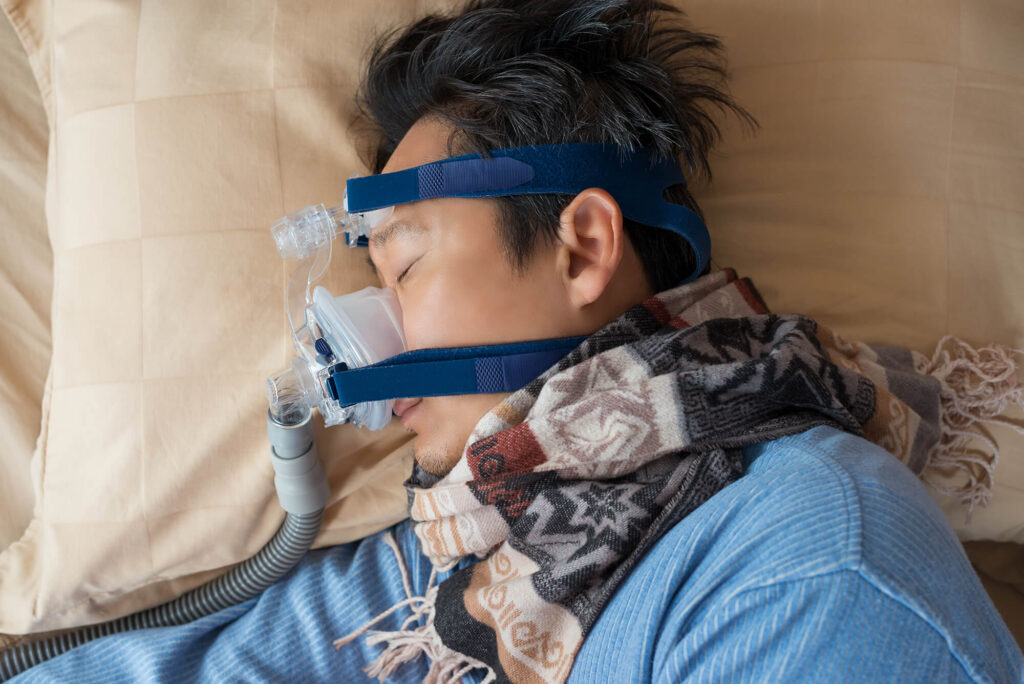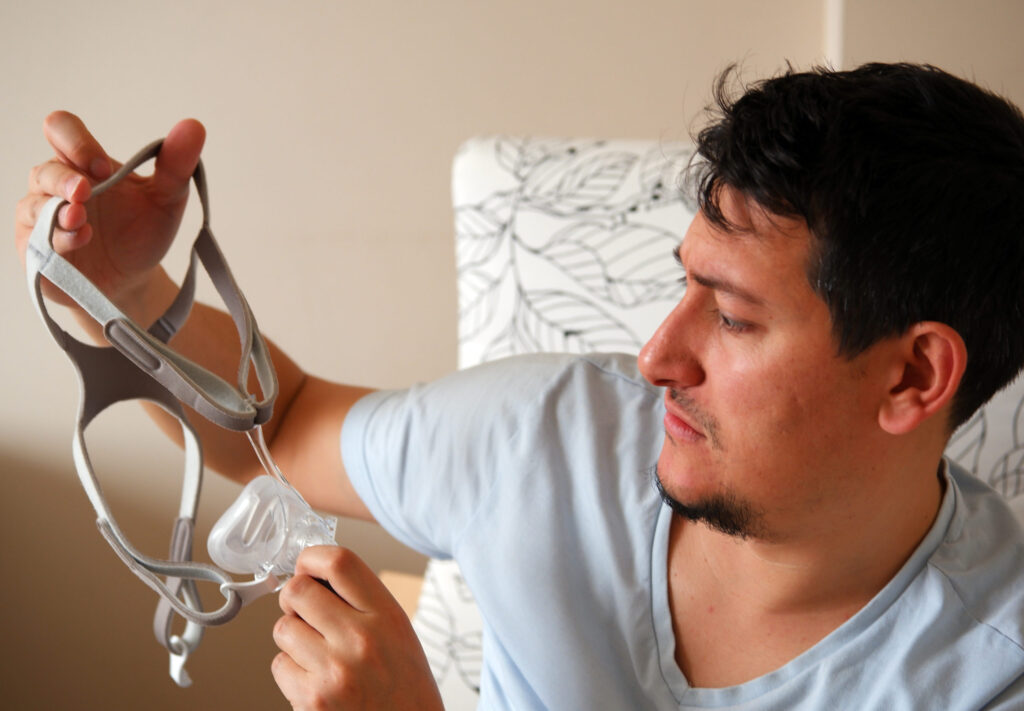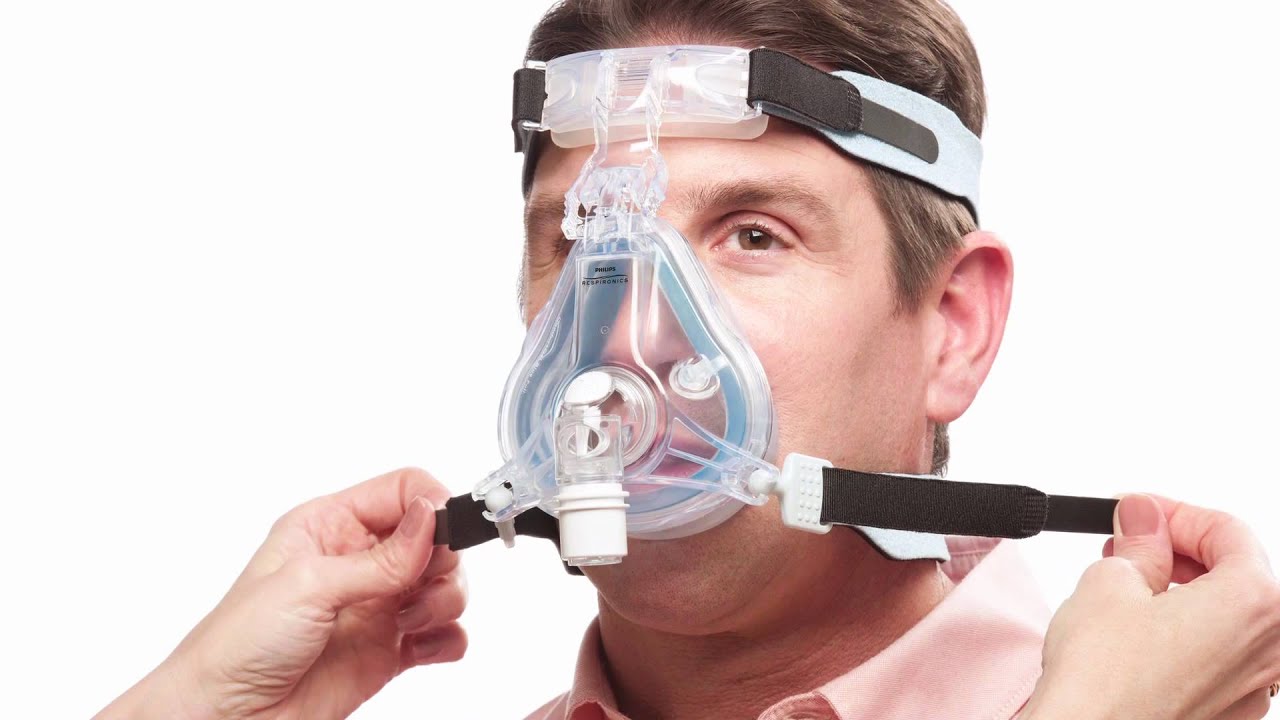The mask you choose for Continuous Positive Airway Pressure (CPAP) treatment is undoubtedly crucial if you or a loved one has obstructive sleep apnea (OSA). The CPAP masks must be as comfortable as feasible, maintain a reliable seal to your nose or mouth, and be simple to maintain since it serves as the interface between you and your CPAP masks.
The CPAP masks must fit properly for a variety of reasons. For instance, the patient’s diet and lifestyle (including if they are presently losing weight), the patient’s face’s size and shape, and the face’s bone structure. What position does the patient like to sleep in? Does the patient have any facial hair, such as a beard? Do you get nosebleeds? altered septum? Just a few instances of the variables that need to be taken into account. For variety of CPAP masks visit
https://store.airliquidehealthcare.com.au/en/cpap-masks/
In addition to these aspects, it might be difficult to sift through all the devices on the market today to discover the best CPAP masks for you since there are so many of them. This is particularly true if you have just received a sleep apnea diagnosis and this is your first exposure to CPAP treatment. Don’t worry, the ideal CPAP masks for you is available; continue reading to learn where to look.
See Also: How to adjust to a CPAP mask lifestyle
Primary CPAP Mask Designs
There are three major types of CPAP masks, while there are hundreds of alternative mask and accessory combinations that may be used to fulfill the demands of certain sleep apnea sufferers. The majority of them have the same fundamental parts, which are the mask cushion, headpiece, and frame. Let’s look at each of the three primary categories separately.

CPAP Full Face Mask
We’ll start with the full-face CPAP masks, which has the biggest surface area. It is made to cover the mouth and nose, from the nasal bridge to just below the bottom lip, unlike the other two designs. A headpiece secures it in place.
While some CPAP users report feeling claustrophobic due to the size of a full-face CPAP masks, others say it is more pleasant. Without the threat of developing dry mouth, you may breathe through your mouth or sleep with your mouth open. Newer designs also provide a clear field of view and are thinner than conventional face masks.
If any of the following apply to you:
- You need greater air pressure settings
- Mouth breathers, back sleepers, those with deviated septa or other sinus blockage, those who can’t use a chin strap, and those who sleep with their mouths open.
Full face CPAP masks may be used by back and certain side sleepers without having to worry about the bedding and pillows interfering with the seal.
With a full-face mask, you can have trouble achieving a good seal if you have facial hair. The following two alternatives are smaller, more compact, and have a reduced contact area as a result.
CPAP Nasal Mask
On the bridge of the nose, a nasal mask sits and seals. People who find that wearing a full-face mask makes them feel claustrophobic and who dislike the sensation of direct airflow into their noses that a nasal cushion mask provides are big fans of nasal CPAP masks.
Acheap chin strap to keep your mouth shut might be the solution you need to make a nasal mask work for you if you find yourself mouth breathing at night.
If you:
- Only breathe through your nose, or can comfortably use a chin strap if you find yourself mouth breathing
- Sleep on your back or side
- Don’t like the more direct pressure that a nasal pillow mask provides
- Don’t frequently experience nasal congestion; then nasal CPAP masks may be beneficial for you.
Some individuals find nasal masks difficult because they might leave red stains where they lay on the nose’s bridge. However, experimenting with various sizes and modifying the headpiece may assist.
They may not be effective for those who have difficulty breathing through their noses, need greater pressures, often have nasal congestion, have a deviated septum, or have nasal injuries that impede the nasal passages.

CPAP Nasal Pillow Mask
Finally, let’s talk about the nasal pillow CPAP masks, also known as a nasal cushion mask. This mask has the lowest surface area and is preferred by those who want a thin, minimal-contact mask.
Two silicone pillows or cushions on the mask, which sits on the top lip and forces air straight into the nasal passages, are put into the nostrils.
Since the seal is formed at the nose rather than across a wider region, this kind of sleep apnea mask reduces the likelihood of air leakage.
If any of the following apply to you:
- You frequently toss and turn while you sleep
- You sleep on your stomach or side
- You only breathe through your nose
- You don’t mind wearing a chin strap
- You rarely experience nasal congestion
- You have a beard or other facial hair;
- You find that other masks give you a feeling of claustrophobia;
A full-face mask could be a better option if you need high pressure, commonly suffer from allergies or sinus blockages, or breathe through your mouth while you sleep.
Customized CPAP Masks
The three most typical CPAP mask styles have been discussed, however there are more masks available for unique situations.
A mask used for oral CPAP only allows air to flow into the mouth and not the nose. For those who struggle to breathe through their nose owing to obstruction or congestion, an oral mask may be useful.
A complete face CPAP mask is exactly what it sounds like; it covers the entire face, including the lips, nose, and eyes. Even though it occupies the greatest space, it helps lessen claustrophobia in those who feel uncomfortable with focused air pressure around their lips or nose. It’s a wonderful alternative for those whose face traits make it difficult to locate a mask that fits well.
A hybrid CPAP mask essentially combines a full-face mask with a nasal pillow mask; it contains the same kind of cushions that go in the nostrils and covers the mouth while sealing beneath the nose. This kind of mask is ideal for those who sometimes use their mouths to breathe but dislike chin straps and want to have their nasal bridge visible.
Finally, nasal prong CPAP masks have two prongs that are put into the nostrils and inflated to produce a tight seal, similar to a nasal pillow mask. While they are lighter and have a slimmer appearance than nasal pillows, they are put somewhat deeper. If you need high pressure, they are not for you.
